A bit of background about rice
Rice is one of the oldest cultivated crops, first mentioned in history as far back as 2800 BC in China. Rice is a staple crop and forms the foundation of the diet for many of the world’s population, especially those living in Southern and Eastern Asia. There are a huge number of rice varieties -such as long-grain, basmati and Arborio – but only a few varieties are grown widely. In many Asian languages the word for rice is interchangable with the word for food. Allergic reactions to rice are rare in the western world, and rice can be an invaluable alternative source of carbohydrate and energy for anyone allergic to gluten or wheat.
The science bit!
Rice is also an excellent source of energy. It is comprised of 77.5% carbohydrate. Carbohydrate is one of the human body’s two main sources of energy, the second being fat. Like other cereals, the carbohydrate in rice is mainly in the form of starch – a complex carbohydrate, and like other cereals the starches occur in granules in the endosperm. Starch exists as either amylose or amylopectin and comprises units of glucose (a simple sugar) linked together in very large numbers. During digestion, the links are broken and the resulting glucose is absorbed into the body. Amylopectin contains branches and is less resistant to digestion whereas amylose is a straight chain molecule and harder for the digestive system to break up. This means that rice varieties with a greater proportion of starch in the form of amylose tend to have a lower glycaemic index (see below for more information on the glycaemic index).
So why is rice so good for you?
Rice is an excellent food source, low in fat and high in starchy carbohydrate. Rice is packed full of vitamins and minerals and provides an excellent source of vitamin E, B vitamins (thiamin, niacin) and potassium. Brown rice and basmati rice have medium or low GI values, and are not associated with increasing risk factors for weight gain and diabetes. Rice has been found to be very easy to digest. It is low in fat, low in cholesterol, high in starch, and has a high nutritional content. Rice also contains a range of important nutrients, including B and E vitamins, protein, and minerals – especially potassium which helps the body reduce toxins. Rice can contribute significantly to vitamin and mineral intake, although the contribution to micronutrient intake will depend on the proportion of germ, bran and endosperm consumed (ie the balance between brown and white rice). According to the UK’s Food Standard Agency Balance of Good Health food model, cereal products including rice, alongside potatoes, bread and cereals, should form the major part of a meal. These guidelines recommend that one-third, or 33, of meals are based on carbohydrate rich food such as rice, bread, pasta and potatoes. In terms of calories, carbohydrate rich foods should make up around 50% of our total calorific intake.
What exactly is the glycaemic index (GI) and what does it mean?
There is currently developing interest in classifying foods according to their glycaemic index. The GI is intended to measure how quickly a carbohydrate food is absorbed into the blood stream. Foods with a higher GI are, in principle, more quickly digested than those with a lower GI value. To simplify things, the rate of digestion and absorption is influenced by a number of factors:
- Cooking method and amount of chewing (the more food is chewed, the higher the GI value
- Cooking or processing (milling increases the GI)
- The nature and amount of carbohydrate
- Other food components (presence of fat and protein tends to lower GI values)
- The nature of the starch (eg: ratio of amylose to amylopectin)
- Individual variation. Given the same food, there can be a 50% variation in GI value between individuals
By eating low GI foods this means that the energy released from the food is slower and therefore keeps you feeling fuller for longer!
So what are you waiting for? Go and eat some rice cooked in your Zojirushi rice cooker!
Some interesting rice facts…
THAT’S A LOT OF RICE! The average person in much of Asia eats rice two or three times a day. The average person in Myanmar eats 195kg of rice each year; in Lao PDR and Cambodia, it’s about 160kg. Contrast this with the average European, who consumes 3kg per year and the average American, who eats 7kg.
MUD, SWEAT, AND GAZING AT A WATER BUFFALO’S REAR END. To plow 1 ha of rice land in the traditional way, a farmer and his water buffalo (preparing land is almost always men’s work) must walk 80 km.
WHAT? WILD RICE ISN’T RICE? The so-called “wild rice” in North America isn’t rice at all-it’s actually a grass in a different genus. GROW IT, EAT IT. Most rice is consumed in the country where it is produced. Only 5 percent of the world’s total is exported. Thailand ships the most: about 5 million tons a year. The United States is second with nearly 3 million tons, and Vietnam third, with 2 million tons.
THIRSTY RICE. It takes 5,000 liters of water to produce one kilogram of rice.
WHY IS MY BACK SORE? In Asia, planting rice is often a back-breaking chore. Every seedling must be poked into the mud by hand – usually by women.
HIGH-TECH RICE PRODUCTION. Many rice farmers in the United States level their fields with laser-controlled earthmovers and seed their fields from airplanes.
THAT’S DIVERSITY! More than 140,000 varieties of cultivated rice (the grass species Oryza sativa) are thought to exist – but no one really knows for sure. More than 90,000 samples of cultivated rice and wild species are stored in trust in the International Rice Genebank for use by researchers around the world.
RICE-EATING COUNTRIES. Three of the world’s four most populous nations are rice-based societies – China, India, and Indonesia. Together, they have nearly 2.5 billion people.
With thanks to usarice.com and UK rice association.






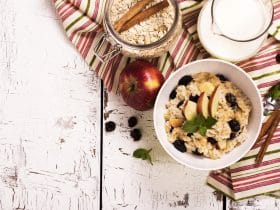
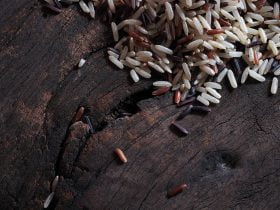
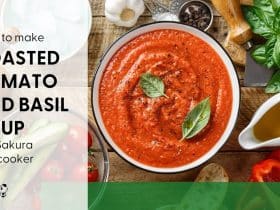
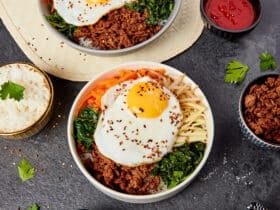

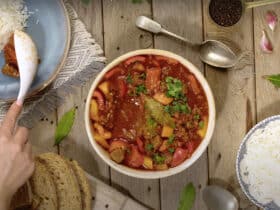


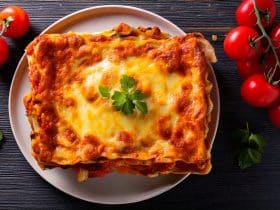
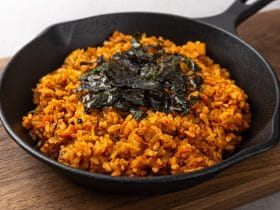

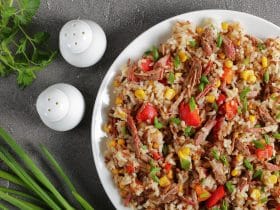


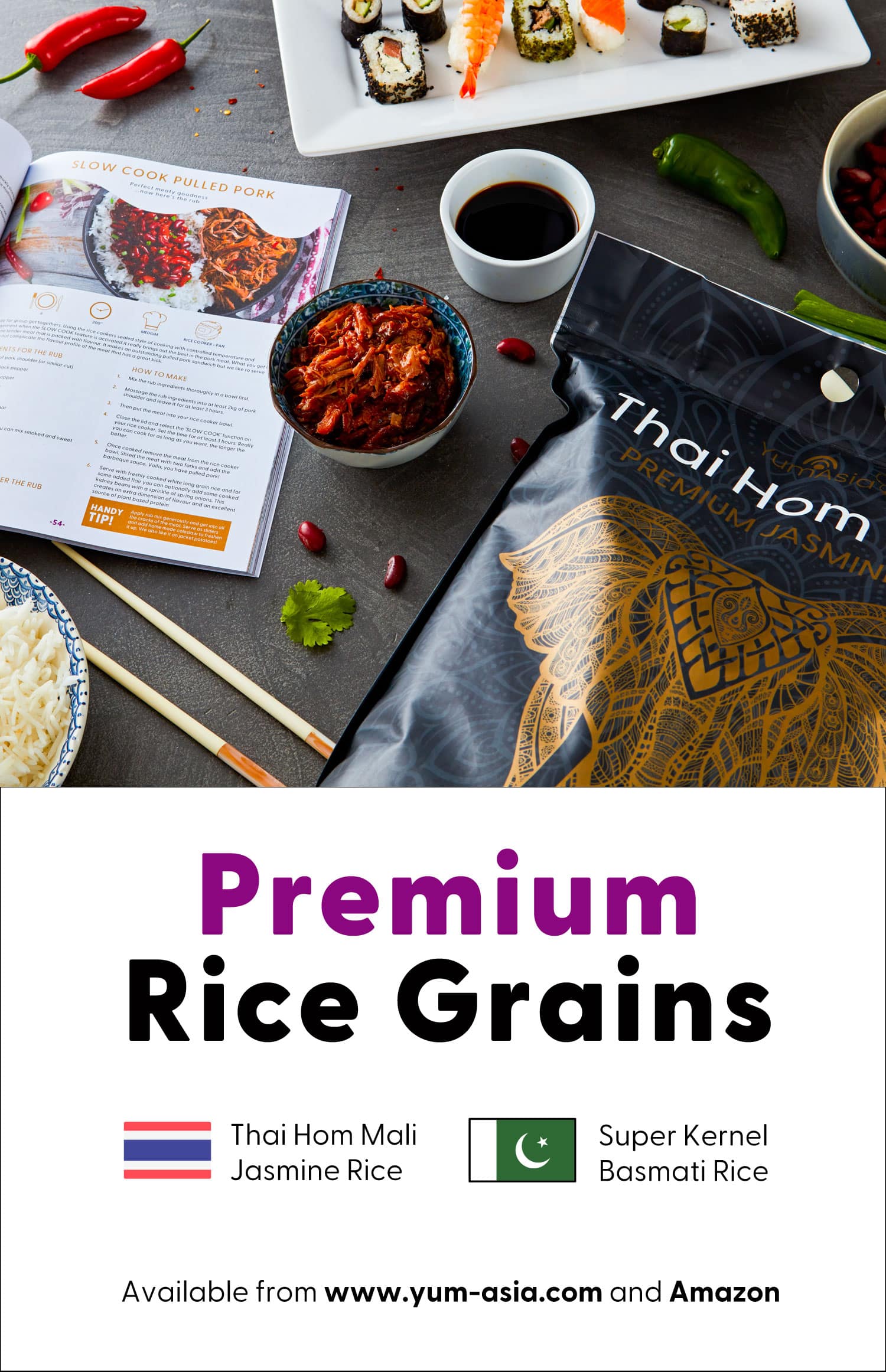


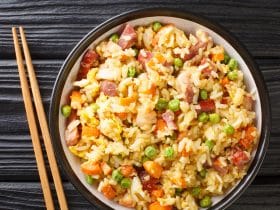


Leave a Reply